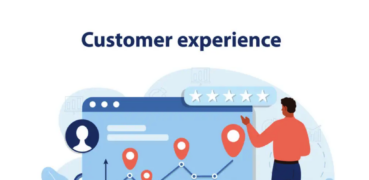Maximizing Engagement with the Multiplayer Lever in SaaS Products

The “multiplayer lever” in SaaS is a powerful growth approach for encouraging active user collaboration, which increases engagement and retention. Unlike traditional “network effects,” this lever emphasizes active user interaction within the product, from collaborative features to seamless integrations.
What is the Multiplayer Lever?
The multiplayer lever refers to designing software with features that facilitate real-time collaboration and shared work. This can look different across platforms: Google Docs enables document collaboration, Trello allows project boards to be shared, and Slack channels encourage group conversation.
Why It Matters
- Boosts User Engagement: When users can collaborate, they are more likely to stay engaged with the platform.
- Creates Retention Loops: Users often return to keep up with collaborative projects, creating natural retention.
- Drives Word-of-Mouth Growth: Users sharing projects with others introduces new potential users organically.
Practical Tips for Implementing the Multiplayer Lever
- Enable Real-Time Collaboration: Create live editing or sharing options, like Google Docs’ real-time editing, where users can collaborate without needing to refresh or reload. For task-based tools, consider real-time updates to tasks assigned to multiple users.
- Create User Roles and Permissions: Not everyone needs full access to a project, and complex permissions (viewer, editor, admin, etc.) allow for controlled collaboration. These user roles can increase product flexibility and encourage usage across different types of teams.
- Optimize Notifications for Team Engagement: Notify users when someone interacts with a shared item. Notifications can remind users of tasks, prompt reactions, and foster continuous collaboration.
- Build Seamless Integrations: Users often work across multiple tools, so integrations can help them bring data or workflows into a single platform. By integrating with popular tools (like Slack, Google Drive, or Jira), you make it easier for teams to work without switching platforms.
- Measure Collaboration Metrics: Tracking metrics, such as the number of shared projects, comments, or collaborative sessions, provides insights into how the multiplayer lever is working. Analyzing usage trends can reveal which features drive collaboration, informing further improvements.
- Use Onboarding to Teach Collaborative Features: When users sign up, include tutorials for inviting teammates or utilizing collaborative features. This ensures users quickly understand and take advantage of the multiplayer potential of the product.
Overcoming Potential Challenges
- Performance Optimization: High real-time interactions can strain server performance. Investing in strong infrastructure is crucial for a smooth collaborative experience.
- Balancing Privacy and Collaboration: Privacy features, such as restricting view or edit access, reassure users that their data is safe, especially in industries with sensitive data (like healthcare or finance).
- Adapting Collaboration for Asynchronous Teams: Time-zone differences can impact collaboration; tools like shared comments, asynchronous tasks, and email reminders help bridge this gap.
By incorporating the multiplayer lever into SaaS, companies can maximize user engagement, expand their audience through collaborative invites, and foster a product environment where users consistently return for shared work. Adopting these strategies for implementing multiplayer experiences enhances user value and helps companies gain competitive traction in crowded SaaS markets.







